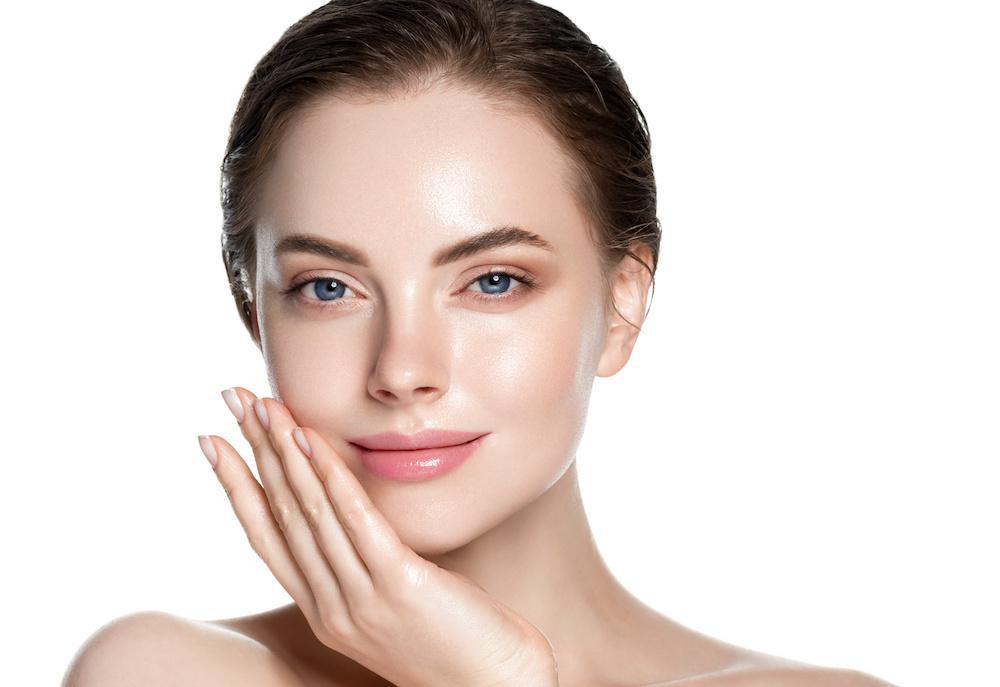PRP SKIN REJUVENATION TREATMENT
WHAT IS PRP?
Platelet rich plasma (PRP) is concentrated blood plasma that contains approximately 3 to 5 times the number of platelets found in normal circulating blood. In addition, it contains platelet-derived growth factor (PDGF), vascular endothelial growth factor (VEGF), transforming growth factor (TGF) and other bioactive proteins that help in the rejuvenation of skin.
PRP is a facial rejuvenation treatment that uses your own plasma to stimulate collagen production and cell migration, allowing for the elimination of lines, folds, and wrinkles. Results from PRP therapy are natural looking and subtle, and they can last for as long as years. What’s more, PRP is minimally invasive, has no risk of allergic reaction, and can be used to treat nearly any area of the body without risks of side-effects, making it ideal for patients who are not interested in or are not good candidates for injectable fillers.
HOW DOES PRP REJUVENATE THE SKIN?
The body cells which aid the tissue in healing and producing new cells are called Platelets. PRP is injected into targeted areas of the skin and then forms an environment which helps in growing collagen, regenerates the tissues and makes your skin smooth and tight. PRP softens wrinkles and creates skin texture and tone that is smoother, younger and better.
HOW DOES PRP TREATMENT FOR SKIN REJUVENATION DIFFER FROM FILLERS OR OTHER INJECTION?
Lines and skin folds are a common sight on the tired skin, especially around mouth area or plump lips. These are filled by the solid materials of Hyaluronic acid fillers, namely Restylane and Juvederm. These fillers can go on from 6-18 months and are to be redone after a certain period of time given by the doctor concerned.
PRP enables the collagen grown by the body and stimulates it to engineer total facial rejuvenation instead of focusing on one wrinkle at a time. It is also used to stabilize the faces which look tired, aids in filling up hollowed cheeks, skin tone improvisation, making the skin tight and smooth, and fill in the skin areas which the hyaluronic acid either cannot fill either due to lack of reach or reactionary issues.
PRP treatment for skin can be done in tandem with Hyaluronic fillers like Restylane and Juvederm. Theese are kinds of treatments which complete each other in order to aid the patient in achieving a much younger face. What fillers cannot do is done by the PRP treatment, for e.g. Fillers helps in removing lines and folds and PRP focuses on volumizing the face and enhances the skin tone. PRP also improves the texture of the skin and makes it smooth
PRECAUTIONS FOR PRP TREATMENT FOR SKIN REJUVENATION
While PRP treatment engineers the total facial rejuvenation, there are certain checks which are to be made during and after the treatment.
Patient’s faces are to be iced once the treatment is done to prevent any bruises or burns inflicted at the areas where the injections have been implemented.
While any irritation or swelling is only temporary, icing helps in reducing the chances of such events
Those who have sensitive skin should have a session with the doctors to iron out any side effects before, during or after the treatment
Sensitive or not, PRP treatment involves micro-needling procedures which can inflict swelling and may even cause infection. Hence, it is necessary to have ample breaks between the treatments to give sufficient self-healing time to skin
Avoid taking any other pills/drugs without prescription for atleast 7-20 days post treatment and always keep your doctor informed about it
Avoid doing any heavy work either at work or at home. It would be best to take a day off for a couple of days post treatment is done
PRP SKIN REJUVENATION TREATMENT PROCEDURE
The PRP treatment is a simple, safe procedure
Blood is taken (just like any other blood test), and then spun in a centrifuge machine for around 8-10 minutes
The whole procedure gets over in 20 minutes.
The amount of blood taken from the body can be from 10ml to 30ml, based on the number of targeted areas to be treated.
During the centrifugation process, the cells are separated the top layer of blood, fibrin, is extracted along with the rich platelets and re-injected into the targeted area.

